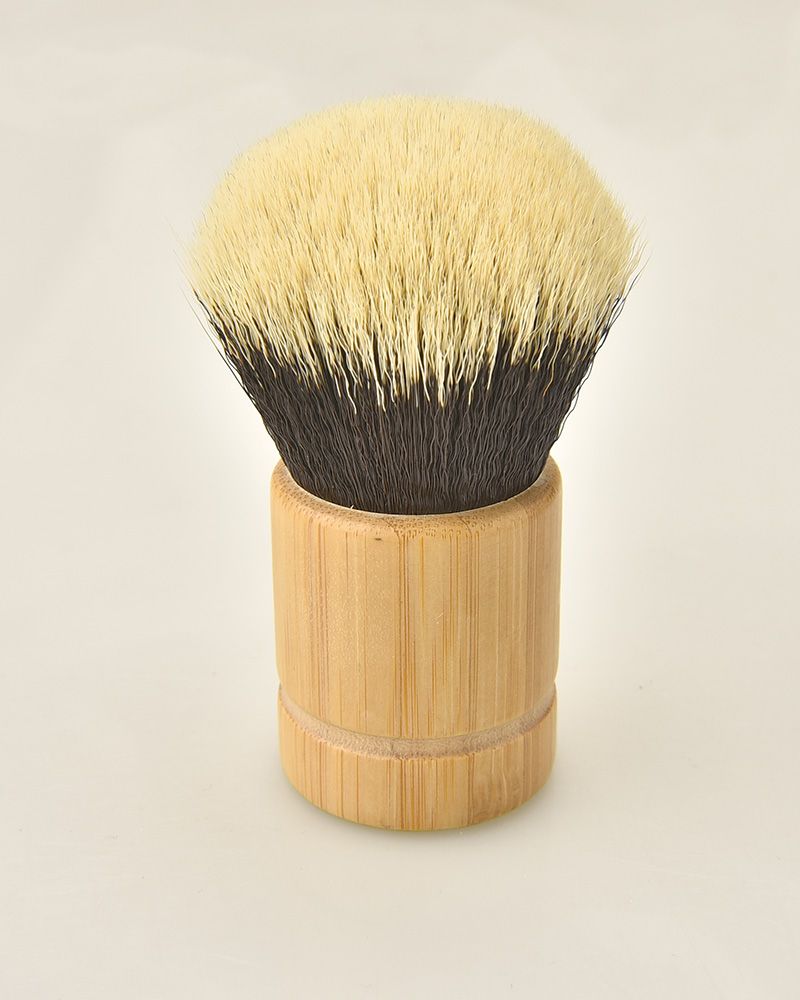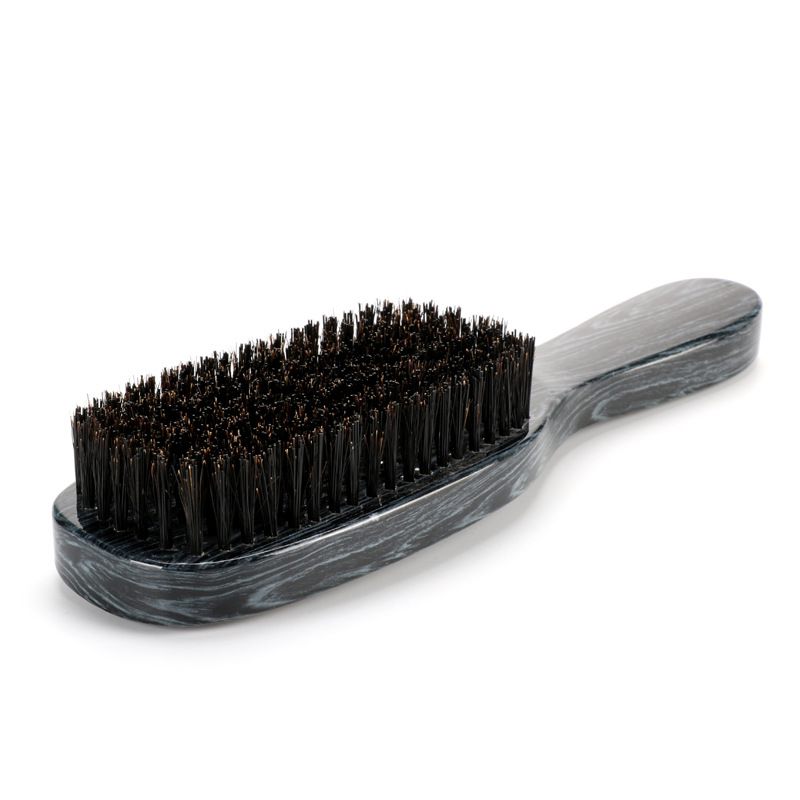Industry news
The Role of Shaving Brush Knot Size in Lathering Efficiency
- 467 Views
- 2025-07-25 02:30:54
The Role of Shaving Brush Knot Size in Lathering Efficiency
Lathering is the cornerstone of a superior shaving experience. A rich, dense lather not only lifts whiskers for a closer cut but also cushions the skin, reducing irritation and enhancing comfort. While factors like brush material (badger, synthetic, or boar) and soap quality matter, one often overlooked yet critical element is the shaving brush knot size. Defined as the diameter of the bristle bundle (measured in millimeters at the base, just above the metal ferrule), knot size directly impacts how efficiently and effectively a brush generates lather. Let’s unpack how this measurement shapes lathering performance and guide you toward the optimal knot size for your routine.

What Is Shaving Brush Knot Size?

Knot size is the numerical heartbeat of a shaving brush’s design. Typically ranging from 18mm (small) to 26mm (large), it’s determined by the diameter of the bristle束 secured at the brush’s base. This measurement dictates the brush’s "footprint"—how much surface area it covers when swirling against soap or cream—and its ability to hold water, two factors that directly influence lathering efficiency.
How Knot Size Impacts Lathering Efficiency
Lathering efficiency hinges on three key variables: water retention, soap contact, and control. Knot size affects all three, creating a delicate balance that varies by user needs.
Small Knots (18–22mm): Precision Over Speed
Smaller knots excel in controlled, targeted lathering. With a narrower bristle束, they apply pressure more evenly to small soap bowls or travel-sized creams, minimizing waste. Their reduced surface area prevents over-saturating the soap, which is critical for dense lather—excess water dilutes soap molecules, weakening foam structure. For users with sensitive skin or those who shave in sections (e.g., around the nose or jawline), small knots offer maneuverability, ensuring lather reaches tight spots without dragging or irritation.
However, their limited size means slower overall lathering. A 20mm knot may take 30–45 seconds to build sufficient lather for a full face, compared to 20–30 seconds with a larger knot. They also hold less water, requiring more frequent rewetting, which can disrupt rhythm for busy users.
Large Knots (22–26mm): Speed and Coverage
Larger knots are the workhorses of lathering. A 24mm or 26mm bristle束 covers more soap surface area, grabbing more product with each swirl. Their increased volume holds more water, reducing the need for rewetting and accelerating foam buildup. This makes them ideal for users with large facial areas, thick beards, or those prioritizing quick morning routines.
Yet, size comes with trade-offs. Excess water retention can lead to "soupy" lather if not drained properly, as surplus moisture breaks down soap too quickly. Large knots also lack the precision of smaller ones; swirling a 26mm brush in a narrow soap dish may cause uneven soap distribution, wasting product. For users with fine facial hair or sensitive skin, the added pressure from a large knot can irritate, as the bristle束 is less likely to conform to facial contours.
The Sweet Spot: 22mm Knots
In our factory’s testing, 22mm knots consistently balance efficiency and control. They offer enough surface area for quick lathering (25–35 seconds for a full face) while retaining precision for tight areas. Their moderate water retention works with most soap types—from hard puck soaps to creamy shaving creams—and adapts to both small bowls and large mugs. For general users, this size minimizes compromises, making it the most versatile choice.
Choosing the Right Knot Size: Beyond Numbers
While measurements guide selection, personal habits matter most. Ask:
- Soap type: Hard soaps need more friction; pair with larger knots (22–24mm) to generate heat and lift product. Creamy formulas work well with smaller knots (20–22mm) to avoid over-dilution.
- Shaving style: Detail-oriented shavers (e.g., straight razor users) benefit from 18–20mm knots for precision. Electric razor users or those prioritizing speed may prefer 24–26mm.
- Hand size: A large knot may feel unwieldy in small hands; opt for 20mm or below for better grip.
Conclusion
Shaving brush knot size is not a one-size-fits-all metric—it’s a tool to tailor lathering to your routine. Small knots prioritize control and precision, large knots emphasize speed and coverage, and 22mm knots strike the ideal balance for most users. By understanding how diameter influences water retention, contact area, and maneuverability, you can transform a basic shaving tool into a personalized lathering machine, elevating comfort and results with every shave.











